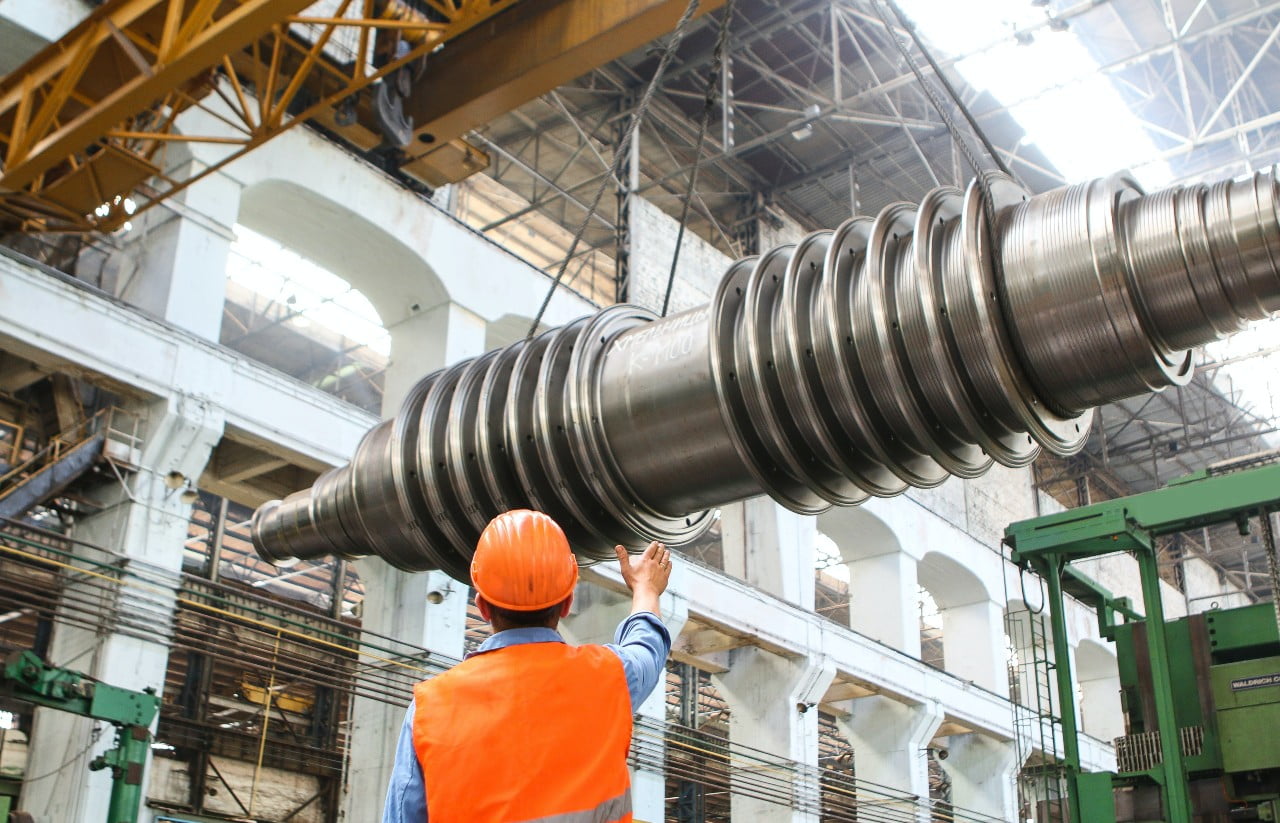The 2022 Autumn Statement saw the Chancellor, Jeremy Hunt, put forward various changes to UK tax policy, including upcoming adjustments to the R&D tax relief scheme which are due to come into force from 1 April 2023.
In our latest blog, we explore what these changes are and why you should consider maximising your R&D tax relief claims by 31 March 2023.
What changes can we expect from the R&D tax relief scheme?
The current rate for SMEs is an extra deduction of 130% on qualifying R&D expenditures. From 1 April 2023, the rate will be reduced to 86%, and based on the increased Corporation Tax rate of 25% (currently 19%), the net effect R&D rate for relief falls from 24.7% to 21.5%.
Simply put, every £100,000 spent on R&D is currently worth £24,700,and will reduce to £21,500 from 1 April 2023.
How will this impact loss-making companies?
Loss-making companies who surrender losses for tax credits will be further affected as the surrender value will be reduced from 14.5% to 10%, and the net benefit will fall from a potential maximum of 33% to 18.6% (£33,000 to £18,600 based on the £100,000 R&D expenditure scenario detailed above).
How can companies ensure they make the most of the relief?
It would be beneficial for SMEs to consider advancing any R&D projects into Q1 of 2023 where possible to make the most of the 130% / 14.5% relief. It would also be worth thinking about maximising any large outlays on expenditure, for example wages or buying materials, into the first quarter of 2023, ensuring that costs are actually incurred in this period and records are kept.
Get in touch
It is no secret that HMRC are tightening up the R&D scheme as a whole, therefore, it is more important than ever to ensure companies maximise their claims as far as possible, whilst ensuring they have robust evidence of the projects carried out and the qualifying costs incurred. To discuss your specific R&D projects and tax relief claims in more detail, contact Claire Astley using the button below.




